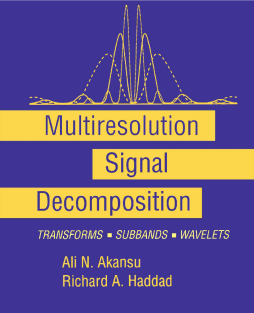
Additional Information
Book Details
Abstract
This book provides an in-depth, integrated, and up-to-date exposition of the topic of signal decomposition techniques. Application areas of these techniques include speech and image processing, machine vision, information engineering, High-Definition Television, and telecommunications. The book will serve as the major reference for those entering the field, instructors teaching some or all of the topics in an advanced graduate course and researchers needing to consult an authoritative source.
n The first book to give a unified and coherent exposition of multiresolutional signal decomposition techniques
n Classroom tested textbook clearly describes the commonalities among three key methods-transform coding, and wavelet transforms
n Gives comparative performance evaluations of many proposed techniques
"Several texts and monographs are available for the signal processing community that discuss important tools like (orthogonal) transforms for signal coding, subband decomposition of signals and the processing through filter banksand, more recently, wavelet transform techniques. A unified treatment of all those topics is the subject of this book. The general approach [in this book] is from a practical viewpoint. This can be illustrated by the following examples: The text is not theorem-proof structured, but builds up the theory by gradually generalizing the simpler cases; the different techniques are evaluated by objective criteria, especially compaction performance, not only theoretically, but also on standard test images; the book contains several tables of coefficients for some important filters. It stays on a theoretical level though in the sense that it gives the high level formulas, e.g. on quantization effects, but is not involved in bit manipulations or hardware implementation....The book may serve as a reference text for practitioners, but also as a didactical text for students."
--MATHEMATICAL REVIEWS
